
Lost Women of Science
Lost Women of ScienceFor every Marie Curie or Rosalind Franklin whose story has been told, hundreds of female scientists remain unknown to the public at large. In this series, we illuminate the lives and work of a diverse array of groundbreaking scientists who, because of time, place and gender, have gone largely unrecognized. Each season we focus on a different scientist, putting her narrative into context, explaining not just the science but also the social and historical conditions in which she lived and worked. We also bring these stories to the present, painting a full picture of how her work endures.
For every Marie Curie or Rosalind Franklin whose story has been told, hundreds of female scientists remain unknown to the public at large. In this series, we illuminate the lives and work of a diverse array of groundbreaking scientists who, because of time, place and gender, have gone largely unrecognized. Each season we focus on a different scientist, putting her narrative into context, explaining not just the science but also the social and historical conditions in which she lived and worked. We also bring these stories to the present, painting a full picture of how her work endures.









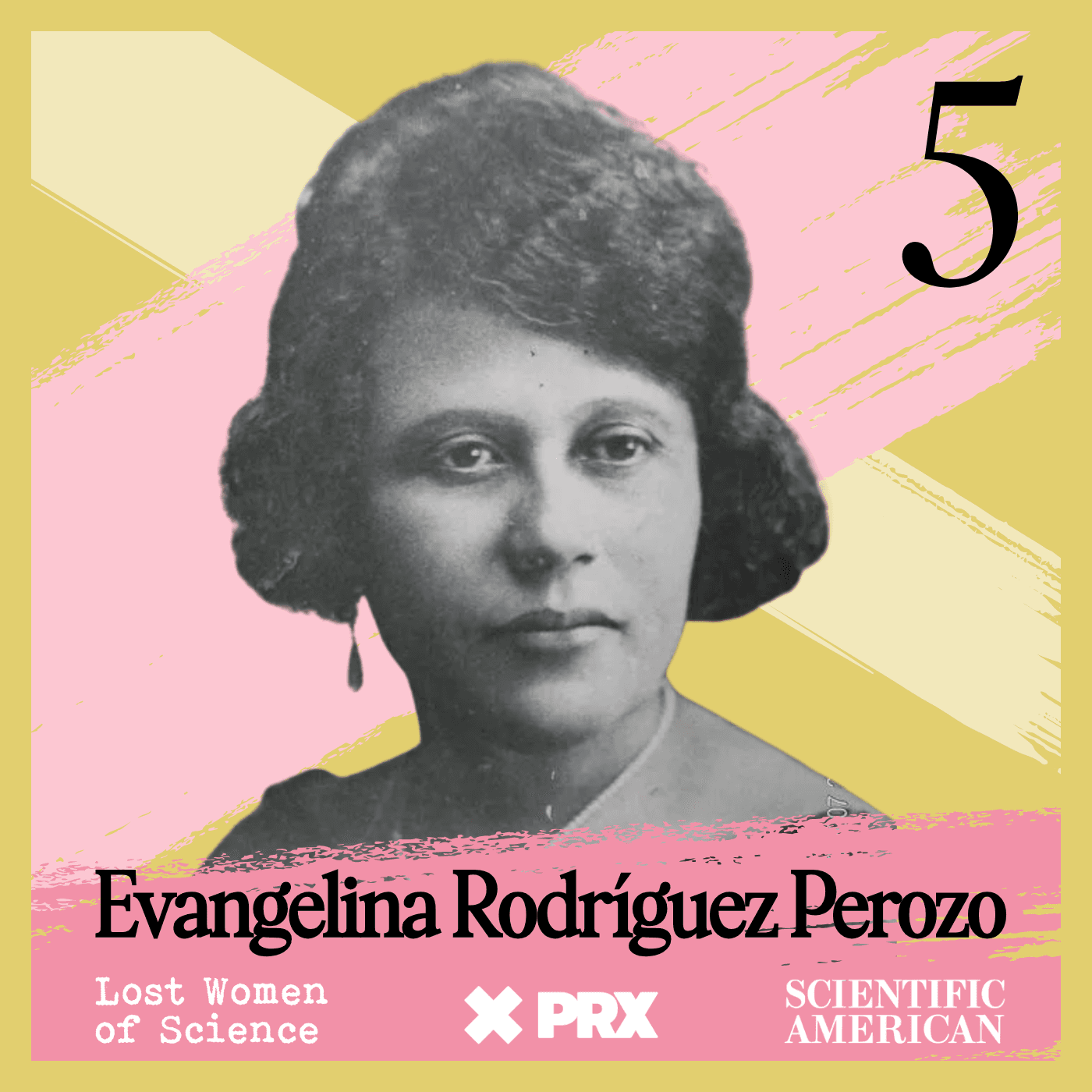













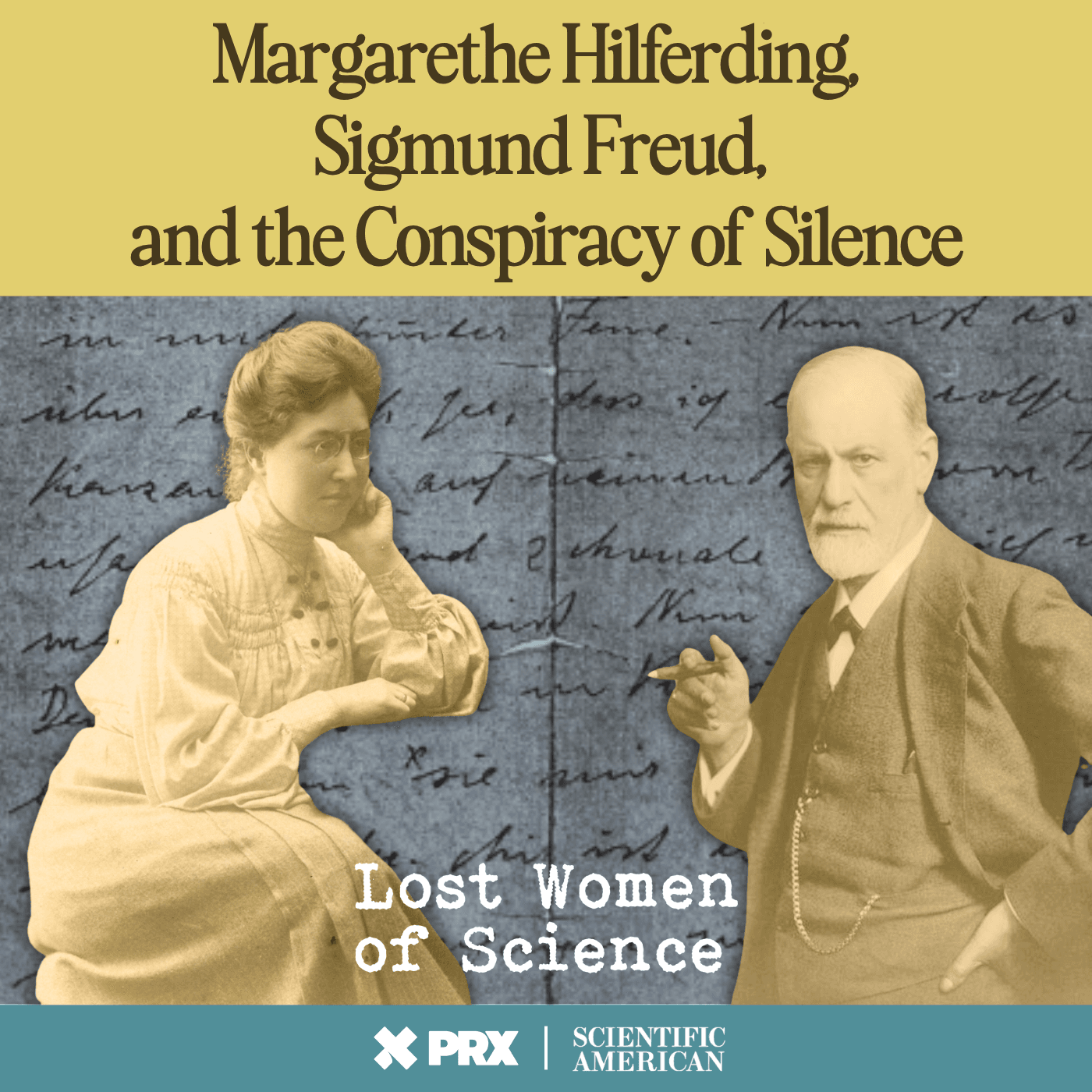






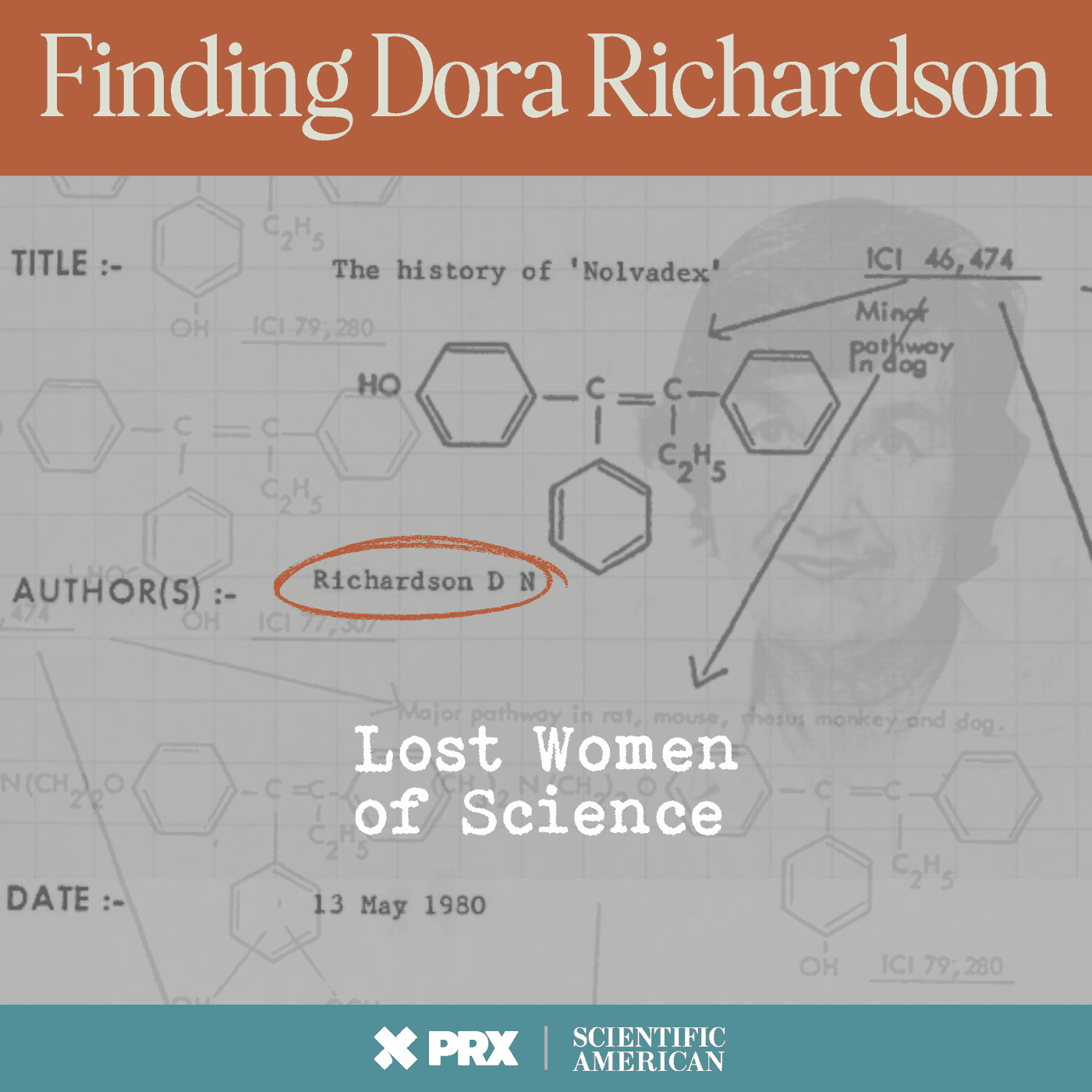




















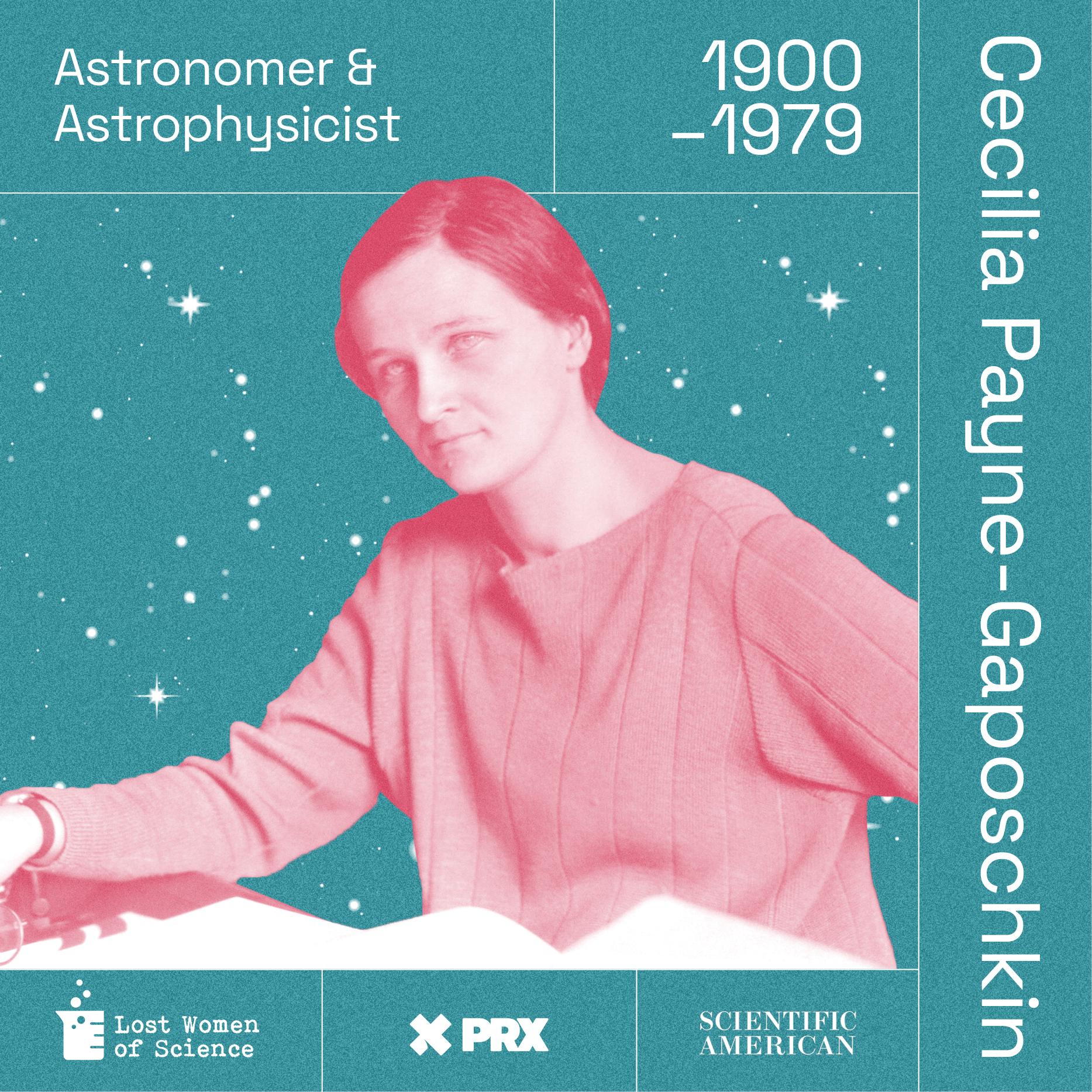

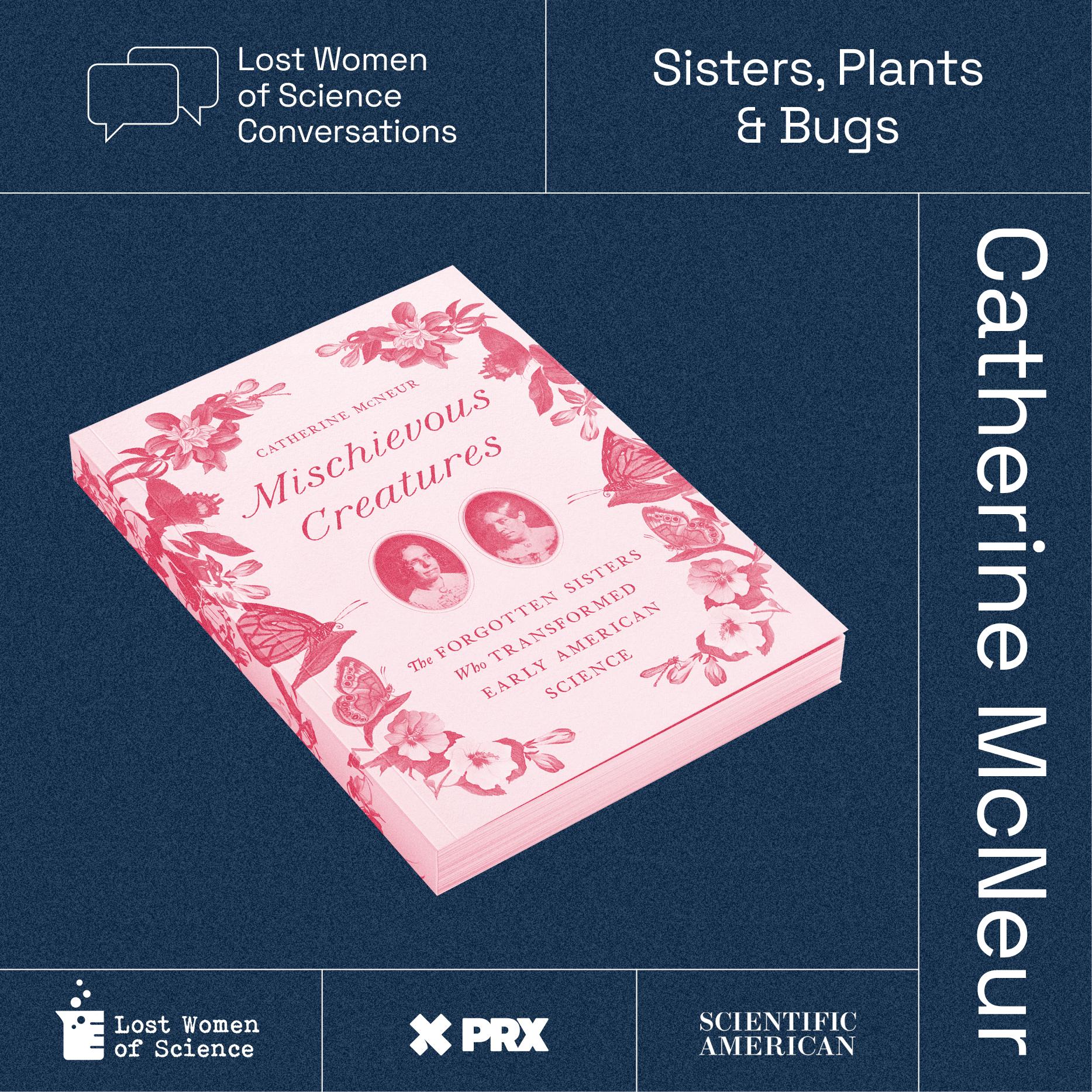










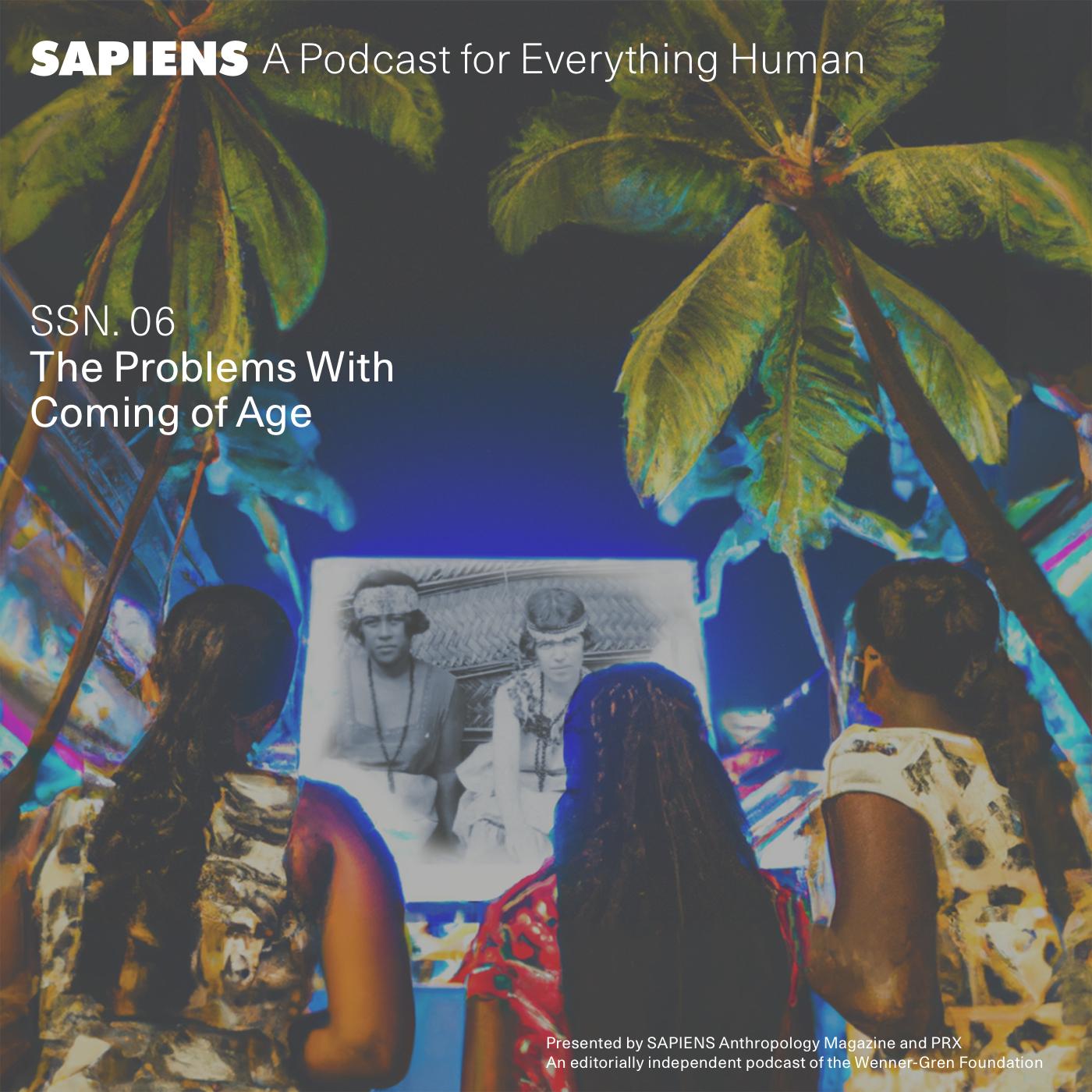











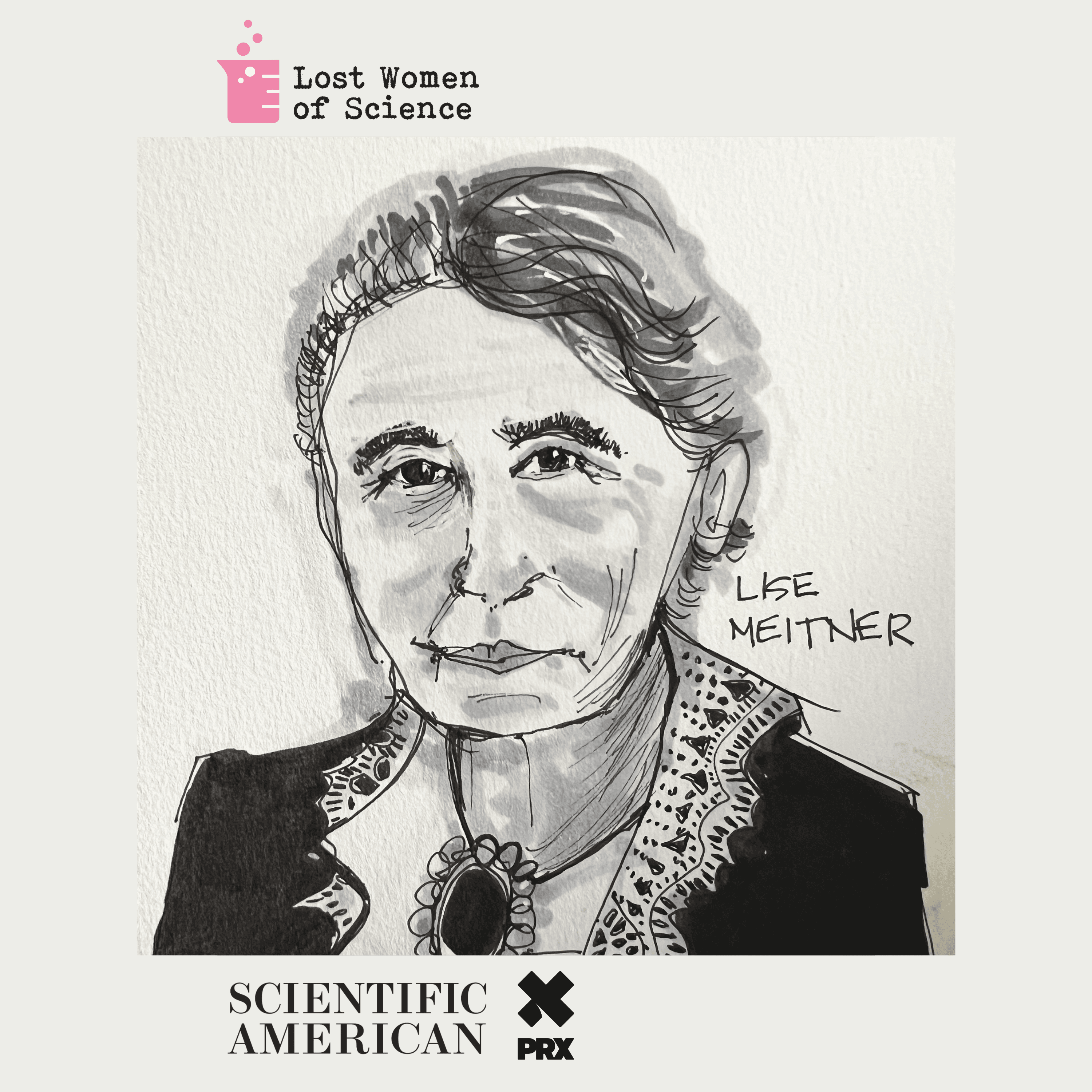




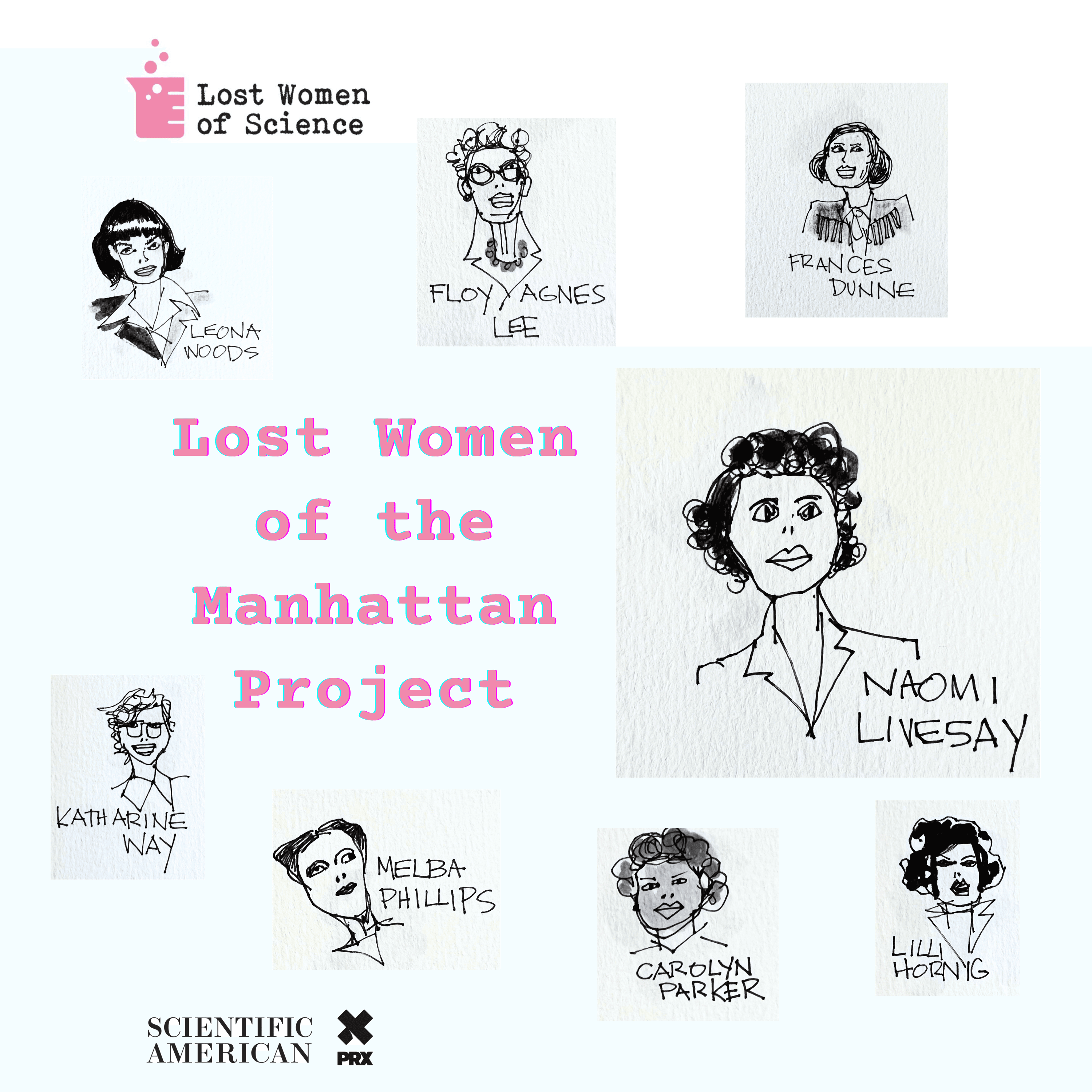




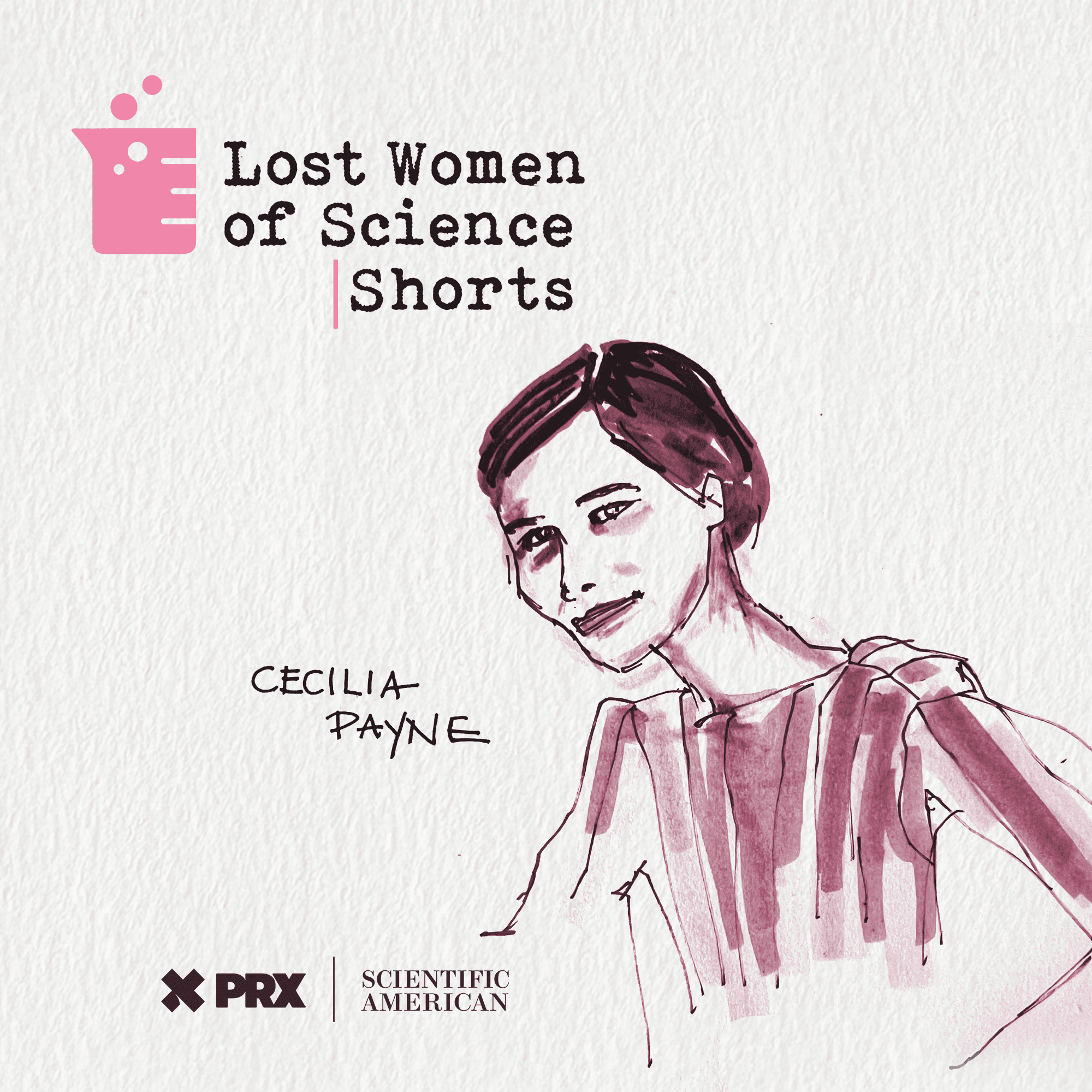


























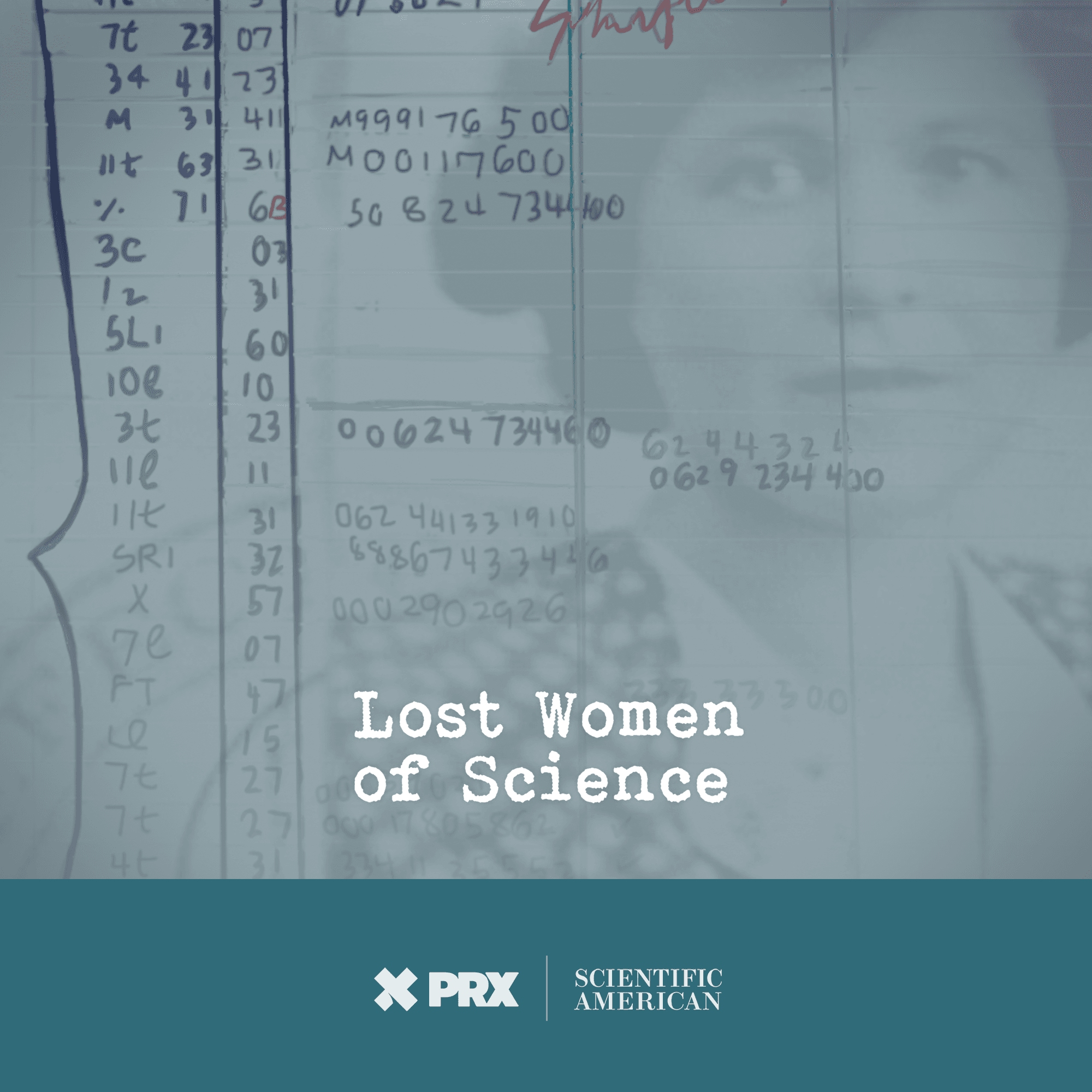
How Lilian Bland Built Herself A Plane

“Hoots and derision, which did not worry me at all,” Lilian Bland wrote, describing her visit to an airshow in Blackpool, England in 1909. She’d been telling everyone there that she intended to build and fly her own airplane. They were unimpressed. Lilian was undeterred. She built a DIY plane of bamboo, wood, and fabric, with a bicycle handlebar for steering and an engine she carried from England back to her home in Ireland. But would the Mayfly, as she called it, fly?
Learn about your ad choices: dovetail.prx.org/ad-choices